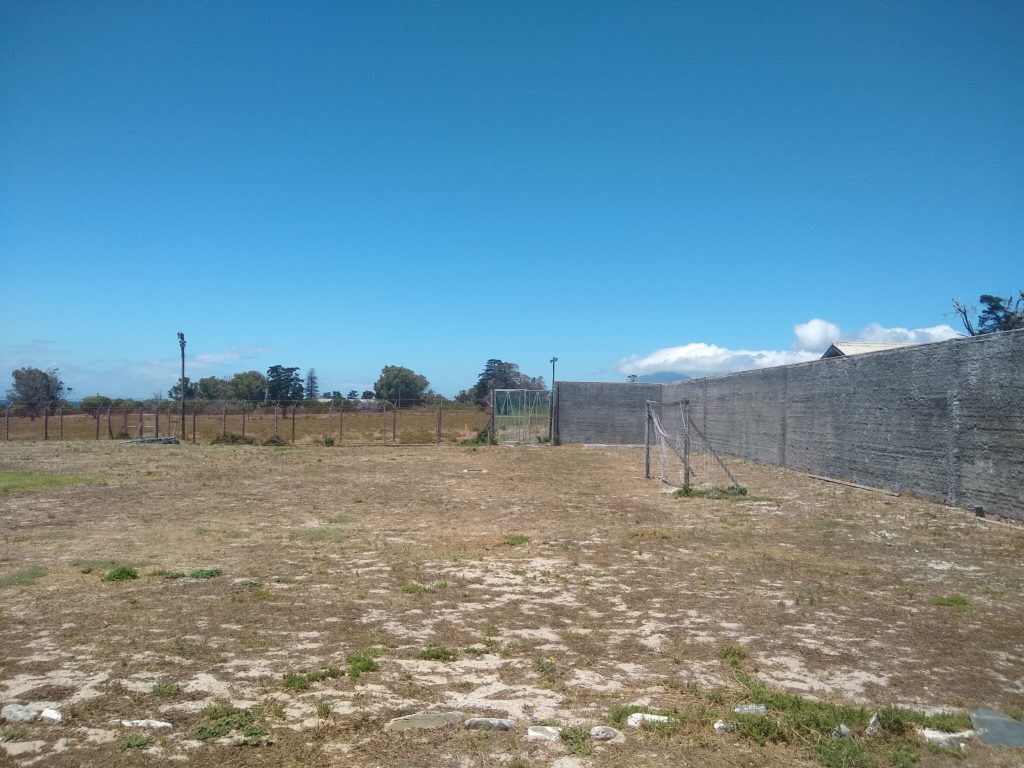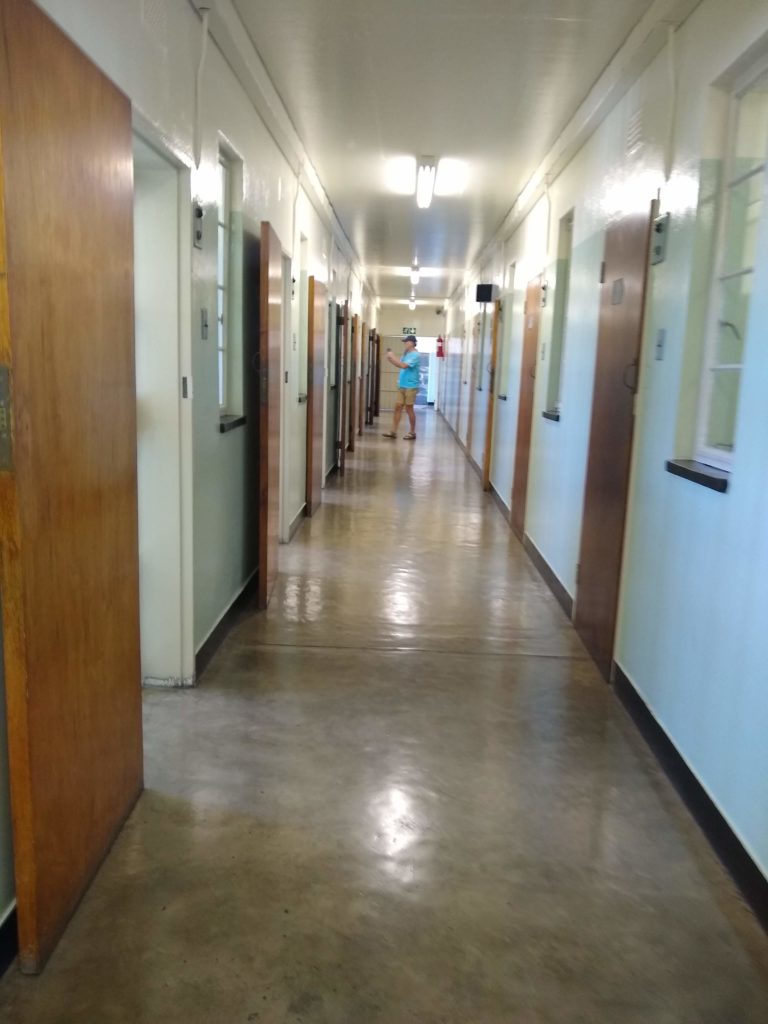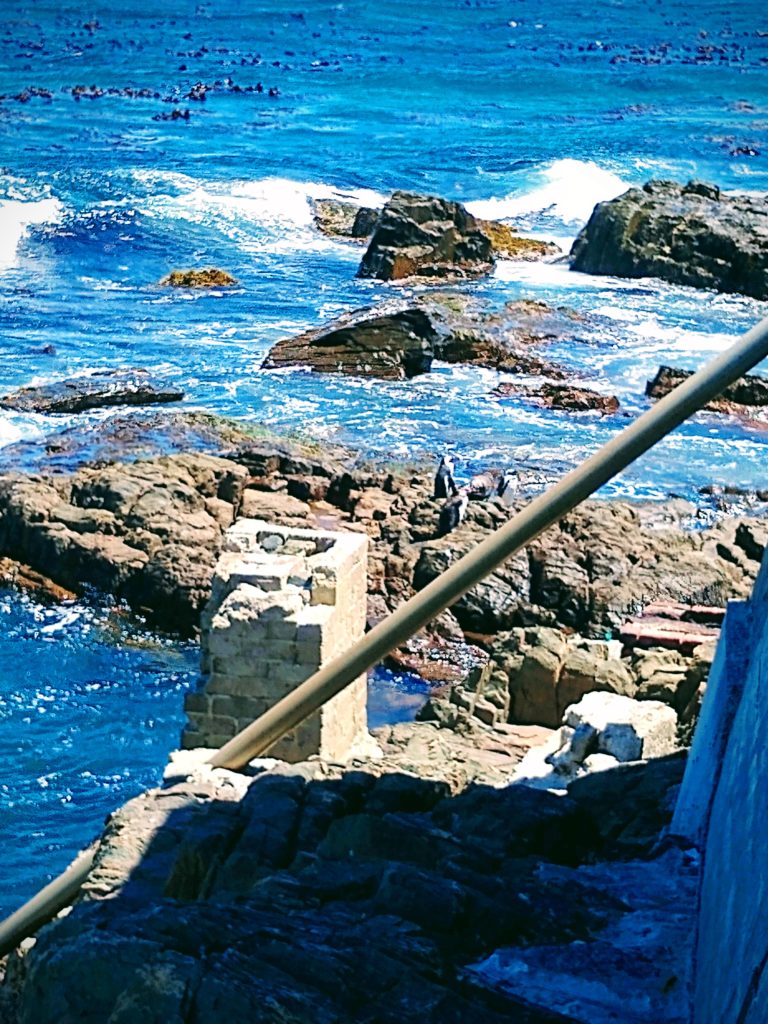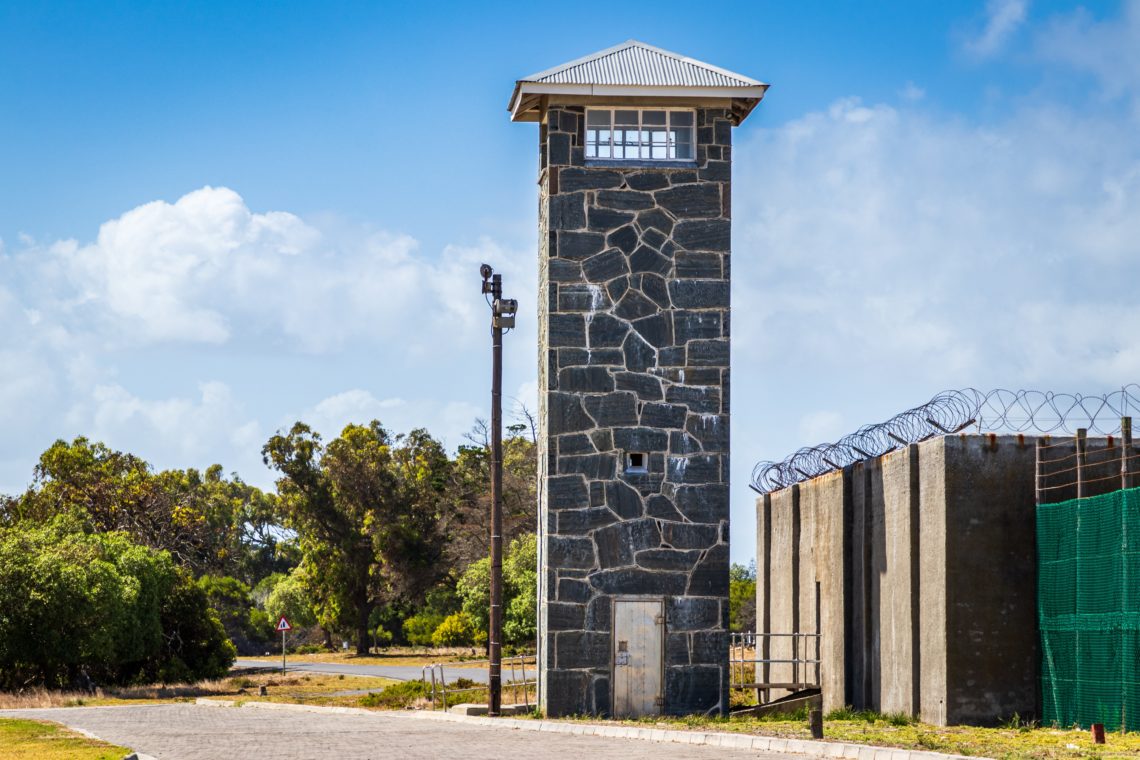The South Africa of today is the result of European colonialism. In a lot of ways, Apartheid wasn’t that different from the realities that existed before the Afrikaner Nationalist Party came to power. Ideas of racial superiority and fear underlie a long postcolonial history of race-based bigotry and exclusion.
In many colonized countries whites started out in the minority but their numbers quickly overwhelmed those of the indigenous and local peoples. Not in South Africa. Whites were afraid. Afraid they would lose their privilege and dominance. Apartheid, like much state oppression, was very much a socioeconomic phenomenon. During Apartheid white South Africans owned nearly 90 percent of the land while making up only 10 percent of the country’s population. The twin towers of white supremacy and fear turned custom into law.
As with American enslavement and Jim Crow and the Nazi’s nearly successful attempts at genocide resistance to apartheid came from all circles and from other countries. Some countries and individuals supported the South African freedom movements, including those of the African National Congress (ANC) and the Pan-Africanist Congress (PAC). The ANC began in Bloemfontein in 1912 as a movement by educated Black people. ANC resistance begins with attempts at dialogue and petition. They then move into direct opposition.
In 1959, frustrated at what they saw as a lack of progress, some members left the ANC and formed the Pan-Africanist Congress. Among other things, they felt black people should be in charge of their own struggle for liberation. For PAC armed struggle was backed by the belief that political power is never relinquished without a physical battle. By the end the ANC, too, began fighting with arms. Both groups held to the principles of anti-racism and anti-imperialism.

From 1961 to 1991 those engaged in the fight against Apartheid filled the maximum-security prison cells of Robben Island. In 1997 the prison was converted into the Robben Island Museum and in 1999 the island was declared a World Heritage Site. Daily tours, weather permitting, last about 4 hours including the round-trip ferry ride from the V & A Waterfront. During the tour you will hear the history of Robben Island from its “discovery” by the Portuguese explorer Batolomeu Dias in 1488. to the present day.

Included in the tour is a visit to Nelson Mandela’s cell. In Long Walk to Freedom Mandela wrote, “I could walk the length of my cell in three paces. When I lay down, I could feel the wall with my feet and my head grazed the concrete at the other side.” Our guide at the prison was not a good storyteller, but he wasn’t simply telling a story. He was talking about his life. A life that involved being trained in weapons and subversive techniques before being sent to the internationally notorious prison where he endured harsh conditions.
At one point the group sits to listen to the guide’s story. It is a sober telling that not many young children will have the patience for. It is a good idea to make plans that one of you will take the kid/s out to explore during this part of the tour. Today, there is a small village on the island that is mostly self-sufficient. The island abounds with wildlife and includes a bird sanctuary. Its name “robben” is comes from the Dutch language and means seal. The highlight for LB was most definitely sighting wild seals and penguins.

In 1990 Nelson Mandela was released from the prison, President F.W. de Klerk lifted the ban on the ANC, Mandela’s political party, and, on October 15, 1990, the South African Parliament repealed the law that legalized apartheid. The repeal did not end the inequality and inequity of Apartheid. Nor did they end in 1994 with the first election which allowed the participation of all adult voters. The election that resulted in the election of Nelson Mandela, the first black president of South Africa. To end Apartheid without the country falling into civil war the ANC promised that there would be no major transfers of land from white to Black control. To this day almost 90% of land and other assets still remain almost exclusively in the hands of the same, mainly white, elite.
A New York Times article quotes Moeletsi Mbeki, deputy chairman of the South African Institute of International Affairs and a brother of the former South African president Thabo Mbeki as stating, “The A.N.C.’s primary objective was inclusion into the existing system.” The same article quotes Ayabonga Cawe, a former economist for Oxfam, the international anti-poverty organization, and now the host of a radio show that explores national affairs. “We never dismantled apartheid. The patterns of enrichment and impoverishment are still the same.”
Touring around Cape Town we saw lots of Black people. Black buskers, Black waitstaff, Black cashiers, Black touts, Black security guards. White customers, white managers, white store owners. It was a lot like being in the US. Apartheid failed but the system that underpinned it was not dismantled. South Africa continues with the challenge of stretching resources to cover the entire population using a system and infrastructure only meant to cover ten percent. All while re-engineering an economy based in racial subjugation and under the pressure of international expectations that it would fail. It hasn’t, and that may be its greatest triumph.
Sources
https://www.sahistory.org.za/article/history-apartheid-south-africa
https://www.blackpast.org/global-african-history/apartheid-1948-1994/
https://www.smithsonianmag.com/history/what-did-apartheid-south-africa-look-180956945/
https://www.places.co.za/html/robin_island.html
http://www.robben-island.org.za/map
https://whc.unesco.org/en/list/916/
